I was probably 16 when I stumbled across a beat-up copy of “Tales of the Unexpected” in my school library. What I thought would be a quick read during lunch break completely messed with my head. That’s the thing about Roald Dahl’s short stories—they look innocent enough on the surface, but they’ll leave you questioning everything you thought you knew about people.
If you only know Dahl from “Matilda” or “Charlie and the Chocolate Factory,” his adult stories will shock you. They’re darker, weirder, and way more twisted than anything he wrote for kids. According to Words Rated, his books have sold more than 250 million copies worldwide, but trust me—most people have no idea what they’re missing in his grown-up work.

Here’s what I love about reading Dahl’s short stories: They work on multiple levels at once. You think you’re just reading a simple story about ordinary people, then BAM—everything you thought you knew gets flipped upside down. These 25 stories represent the absolute best of his twisted genius, from psychological thrillers that’ll keep you awake at night to dark comedies that’ll make you laugh at things you probably shouldn’t find funny.
Table of Contents
-
What Makes a Roald Dahl Story Unforgettable
-
Stories That’ll Keep You Up at Night
-
The Ones That Made Me Laugh (Uncomfortably)
-
When Reality Gets Weird in All the Right Ways
-
War Stories That Show People’s True Colors
-
Kids Who See Things Adults Can’t Handle
-
Relationships That’ll Make You Feel Better About Your Own Life
-
Why Modern Writers Still Can’t Get Enough of Dahl’s Tricks
-
Final Thoughts
TL;DR
-
These 25 essential Dahl stories span six different types, each showing off different sides of his genius
-
His psychological thrillers have perfect story structure with endings that’ll blindside you
-
The dark comedies expose how messed up society really is while genuinely scaring you
-
His supernatural stories feel real because they’re grounded in actual human psychology
-
The war stories go way beyond their historical settings to ask tough questions about morality
-
Stories with kid protagonists reveal uncomfortable truths about how adults really behave
-
His social commentary hits just as hard today as it did decades ago
-
Modern writers are still stealing his techniques because they work so damn well
What Makes a Roald Dahl Story Unforgettable
What makes a Dahl story stick with you? For me, it’s usually three things: First, you can’t see the ending coming (even though it makes perfect sense afterward). Second, ordinary people do absolutely insane things. And third, you’ll probably feel a little guilty about how much you enjoyed reading it.
|
What Makes It Great |
Why It Works |
Story That Nails It |
|---|---|---|
|
Every Word Counts |
No wasted space—each sentence does three jobs at once |
“Lamb to the Slaughter” |
|
Timeless Themes |
Still relevant decades later |
“The Way Up to Heaven” |
|
Mind-Bending Techniques |
Tricks writers are still copying today |
“Man from the South” |
|
Emotional Gut Punch |
Hits way harder than it should for such short stories |
“The Swan” |
|
Works for Everyone |
Casual readers and literature nerds both love them |
“The Landlady” |
The best Dahl stories are like perfectly crafted weapons—every element serves a purpose. Take “Lamb to the Slaughter” or “The Way Up to Heaven.” There’s not a single wasted word. Every sentence moves the plot forward while revealing something about the characters and building this creeping sense of dread.
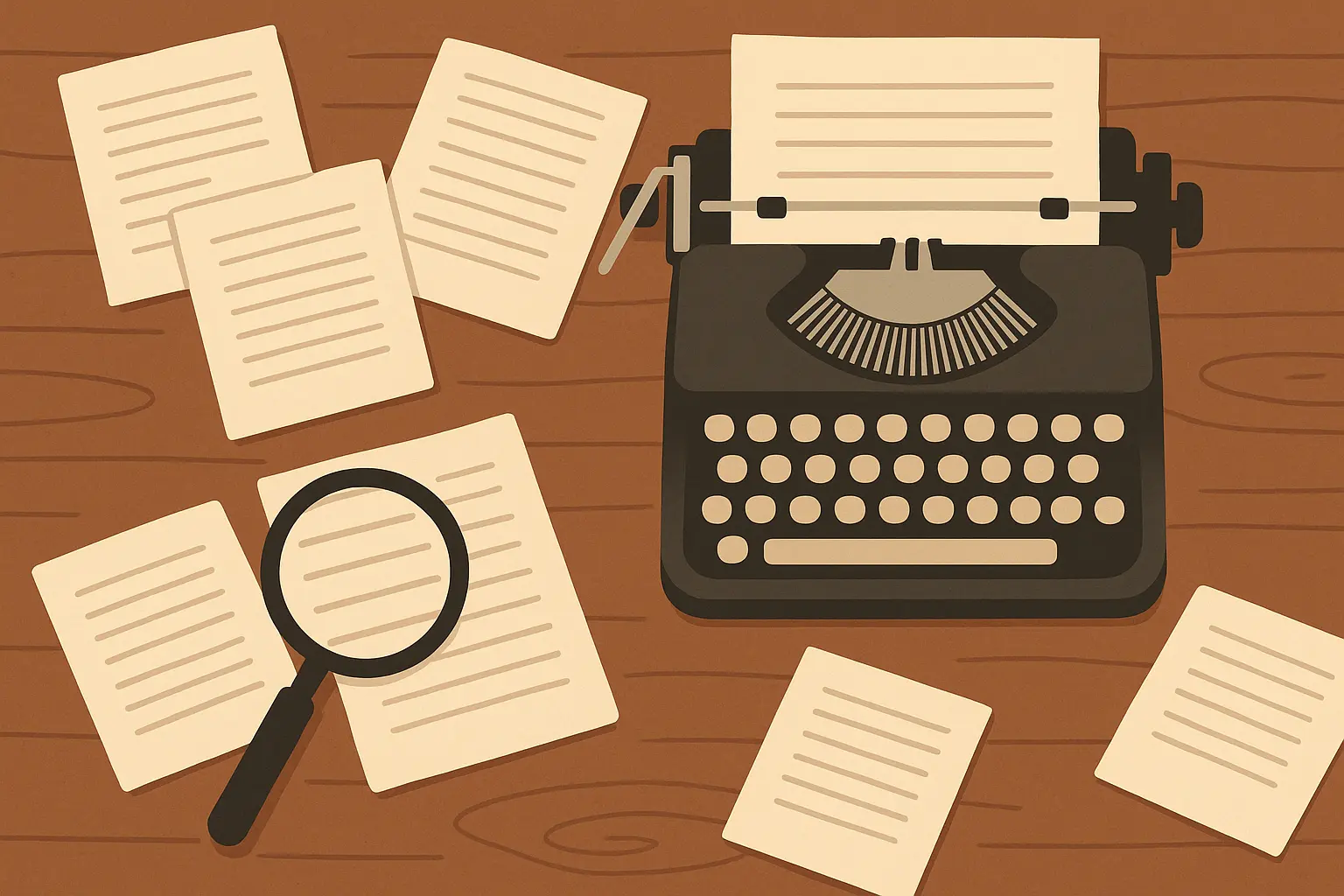
But here’s what really gets me—these aren’t just period pieces from the 1950s and 60s. The themes hit just as hard today. Corruption of innocence, class warfare, the unexpected consequences when people finally snap—this stuff is timeless because it’s about fundamental human nature.
Dahl was also doing things with storytelling that nobody else was attempting back then. Unreliable narrators, dramatic irony that makes you want to scream at the characters, twist endings that force you to completely rethink everything you just read. Modern writers are still using these techniques because they work so incredibly well.
What really sets his masterpieces apart is how they punch way above their weight. These stories are short—some only a few pages—but they’ll stick with you for years. That’s the mark of a true master: creating experiences that feel way bigger than their actual size.
Stories That’ll Keep You Up at Night
These five stories are Dahl’s psychological thrillers at their absolute finest. They’re all about normal people in everyday situations who do completely unhinged things. Fair warning: once you read these, you’ll never look at your neighbors quite the same way again.
1. “Lamb to the Slaughter”
Picture this: Your husband comes home and casually tells you he’s leaving. You’re holding a frozen leg of lamb. Things escalate quickly. Then you have to figure out what to do when the cops show up for dinner. It’s brilliant and horrifying at the same time.
What really gets me about Mary Maloney is how normal she seems at first. She’s got dinner ready, his drink poured, everything perfect. She’s basically every devoted wife you’ve ever seen in old movies. Which makes what happens next so much more shocking—because you realize any of us could snap like that.
Here’s the genius part: Dahl makes you want Mary to get away with murder. Her husband is such a cold, dismissive jerk that when she clocks him with that leg of lamb, part of you is cheering. Then when the investigating cops unknowingly eat the murder weapon while discussing where it could be? Pure dark comedy gold.
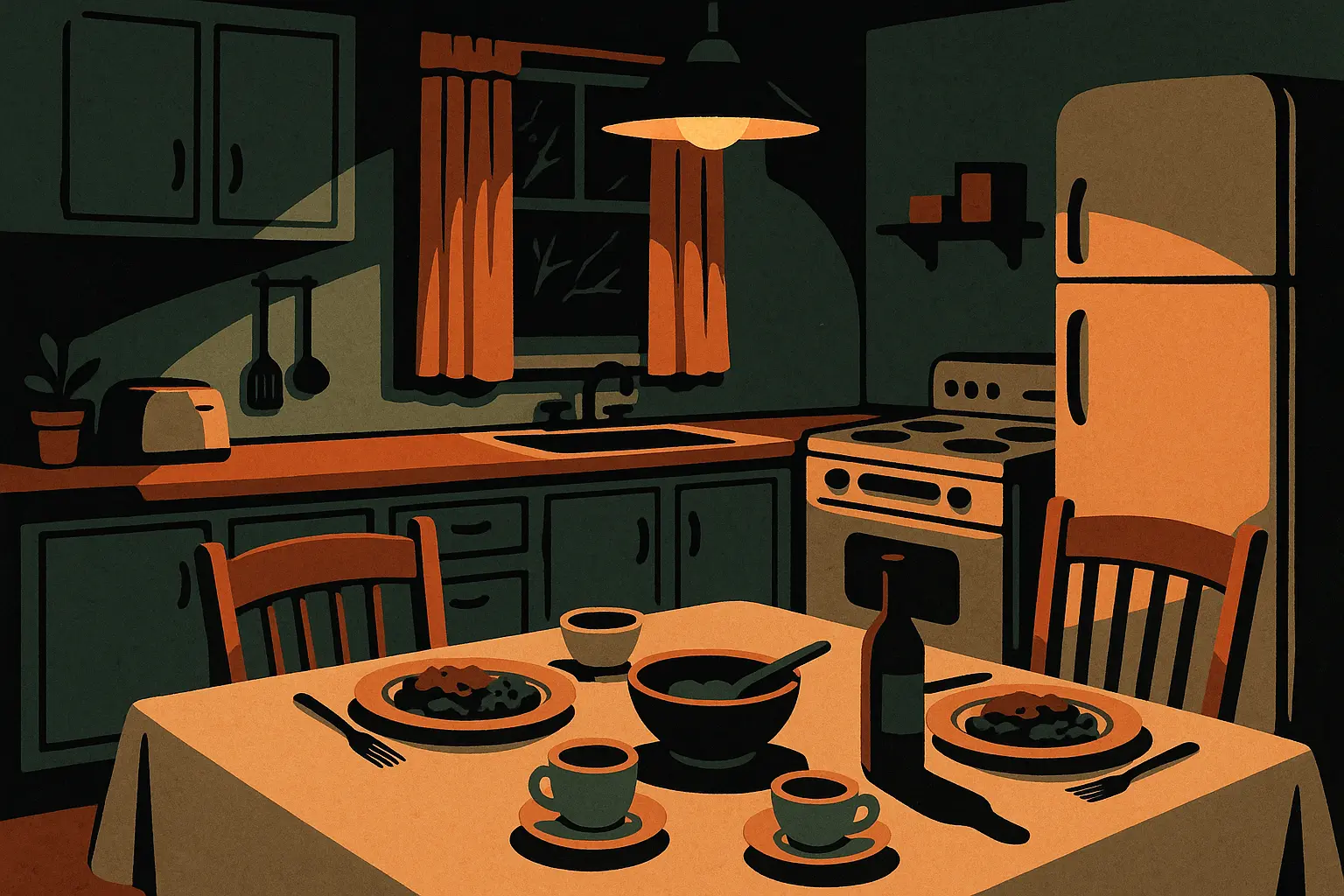
2. “The Way Up to Heaven”
Mrs. Foster has this pathological fear of being late. Her husband knows this and deliberately makes her wait. Every. Single. Time. What starts as inconsiderate behavior slowly reveals itself as systematic psychological torture. When the elevator breaks down with her husband inside, well… let’s just say karma has perfect timing.
I love how Dahl builds the tension through repetition. Every time Mr. Foster delays them, you can feel Mrs. Foster’s anxiety ratcheting up another notch. By the time she gets her chance for revenge, you’re practically rooting for her to take it.
3. “William and Mary”
A dying philosophy professor arranges to have his brain kept alive after death. His wife has to decide whether to let him continue “living” as a disembodied brain in a jar. It sounds like sci-fi, but it’s really about the power dynamics in marriage that persist even beyond death.
The grotesque premise serves a deeper purpose than just grossing you out. William’s desperate need to keep existing reflects his lifelong need to control and observe everything. His wife Mary’s horror at his continued “presence” shows just how oppressive their relationship really was. The ending, where Mary has to choose his fate, becomes the ultimate test of their marriage.
4. “The Landlady”
A young man stays at a boarding house where the sweet old landlady has been preserving her previous guests through taxidermy. This story will make you never trust a sweet old landlady again.
Billy Weaver’s youth and politeness make him the perfect victim. He’s too nice to recognize the obvious danger signs—the perfectly preserved pets, the guest book with only two names, the landlady’s weird comments about her visitors never leaving. You’ll want to shake him and tell him to run.
Here’s the scary part—Dahl never actually tells you what the landlady does to her “guests.” He doesn’t need to. Your imagination fills in the blanks, and trust me, it’s worse than anything he could have written.
5. “Man from the South”
An old man makes a bizarre bet with a young sailor: if the sailor’s cigarette lighter works ten times in a row, he wins a Cadillac. If it fails, he loses his little finger. What starts as casual conversation between strangers becomes a life-or-death gamble.
The tension comes from how a simple premise escalates to dangerous extremes. The old man’s obsession with the bet reveals something deeply disturbing about human nature’s capacity for cruelty disguised as entertainment. The twist ending recontextualizes everything—when you learn about the old man’s wife and her missing fingers, you realize this isn’t his first such “game.”
The Ones That Made Me Laugh (Uncomfortably)
These four stories blend horror with humor in ways that’ll make you question your own sense of morality. They’re funny, but in that deeply uncomfortable way that makes you wonder if you’re a terrible person for laughing.

6. “The Witches”
Adults dismiss children’s warnings about real witches living among them, leading to supernatural consequences. It works as both a genuine scary story and sharp criticism of how society ignores what kids are trying to tell them.
What I love about this story is how it flips traditional authority on its head. Kids can recognize witches while adults remain completely oblivious because they haven’t learned to dismiss the impossible yet. The witches themselves represent adult hypocrisy taken to supernatural extremes—their hatred of children reflects the real-world dismissiveness toward young people’s concerns.
7. “Pig”
A vegetarian discovers the truth about meat production in the most personal way possible. It’s social commentary disguised as dark comedy, and the ending will mess with your head.
Lexington’s sheltered upbringing makes his shock at industrial meat production both extreme and darkly funny. His aunt raised him as a vegetarian, creating someone completely unprepared for the reality of how food gets made. The story’s climax, where Lexington becomes the next victim on the slaughter line, transforms social commentary into genuine horror.
8. “Royal Jelly”
A beekeeper feeds his failing infant daughter royal jelly to help her grow. It works—maybe too well. The baby starts exhibiting some very bee-like characteristics. This one satirizes parents who treat their children like science experiments.
Albert Taylor’s desperation to help his daughter drives him to increasingly extreme measures. His background in beekeeping provides both the solution and the problem—royal jelly works, but the gradual revelation of the baby’s transformation creates mounting horror disguised as a parental success story.
9. “The Great Automatic Grammatizator”
A machine that can write stories faster and cheaper than human authors threatens to make writers obsolete. Given current AI developments, this story feels remarkably prophetic. It’s both hilarious and terrifying.
Adolph Knipe’s invention treats creativity as mere commodity production, reducing art to mechanical process. The story’s ending, where human writers become completely obsolete, raises questions about authenticity and the value of human perspective that feel incredibly relevant today.
When Reality Gets Weird in All the Right Ways
Dahl’s supernatural stories work because they ground impossible events in real human psychology. These four tales use fantastical elements to explore deeper truths about consciousness, empathy, and what it means to be human.
|
Story |
Supernatural Element |
What It’s Really About |
Why It Works |
|---|---|---|---|
|
“The Wonderful Story of Henry Sugar” |
X-ray vision |
Moral transformation through power |
Shows how abilities can corrupt or redeem |
|
“Georgy Porgy” |
Physical transformation |
Sexual repression and trauma |
Repression creates its own monsters |
|
“The Wish” |
Dangerous carpet patterns |
Power of childhood imagination |
Kids’ inner lives are more vivid than adult reality |
|
“The Sound Machine” |
Device that hears plant screams |
Environmental consciousness |
Knowledge can become a burden |
10. “The Wonderful Story of Henry Sugar”
A wealthy gambler learns to see through objects and transforms from selfish to philanthropic. It’s about the corrupting and redemptive power of extraordinary abilities.
Henry Sugar’s initial selfishness makes his eventual transformation more meaningful. His decision to use his abilities for gambling reflects natural human impulses, but the detailed training process grounds the supernatural premise in believable effort. It shows how extraordinary abilities can either corrupt or redeem, depending on moral choices.
11. “Georgy Porgy”
A vicar’s pathological fear of women leads to supernatural transformation. It’s psychological horror disguised as fantasy, exploring repression and its consequences.
George’s fear stems from childhood trauma involving his mother’s death and his father’s emotional withdrawal. This psychological foundation makes his supernatural transformation feel inevitable rather than random. The story suggests that avoiding psychological problems rather than confronting them creates its own monsters.

12. “The Wish”
A child’s imagination transforms a carpet pattern into a dangerous obstacle course. It explores the power of belief and how children’s inner lives can be more vivid and terrifying than adult reality.
The unnamed child’s elaborate game shows how kids create meaning and danger from ordinary objects. Dahl’s ambiguous ending leaves you uncertain whether the child’s fate is real or imagined—but it doesn’t matter because the emotions feel completely real either way.
13. “
13. “The Sound Machine”
An inventor creates a device that can hear plants scream when cut. It raises disturbing questions about consciousness and humanity’s relationship with nature.
Klausner’s machine reveals a hidden world of plant suffering that humans normally can’t detect. His horror at discovering this pain reflects how knowledge can become a burden—ignorance allows comfortable coexistence with practices that fuller awareness makes unbearable. The story’s ending, where his attempts to share his discovery meet with skepticism, shows how society resists information that challenges comfortable assumptions.
War Stories That Show People’s True Colors
These four war stories go way beyond their WWII settings to examine how extreme circumstances reveal who people really are underneath. They’re not really about war—they’re about human nature under pressure.

14. “An African Story”
A German pilot crashes in Africa during WWII and encounters local inhabitants. The story explores racism, colonialism, and justice through a situation where normal power structures become irrelevant.
The pilot’s crash creates a scenario where colonial hierarchies mean nothing. His vulnerability forces him to confront the humanity of people he previously dismissed as inferior. Dahl’s treatment of justice avoids simple moral conclusions—the pilot’s fate reflects both individual actions and broader historical injustices.
15. “Death of an Old Old Man”
An elderly man’s final moments reveal the complexity of human memory and the weight of accumulated experience. It’s a meditation on memory, time, and human significance.
The dying man’s memories surface according to emotional significance rather than chronological order, reflecting how consciousness actually processes experience. Dahl’s portrayal of death as extended internal experience rather than simple cessation creates profound emotional impact.
16. “Madame Rosette”
RAF pilots in Cairo encounter a brothel madam whose establishment becomes a sanctuary from war’s psychological pressures. The story examines how proximity to death intensifies human needs for connection.
The pilots’ youth and awareness of their likely deaths creates desperate need for human connection. Madame Rosette provides physical comfort and emotional sanctuary. Dahl’s non-judgmental portrayal focuses on human kindness rather than conventional morality.
17. “They Shall Not Grow Old”
Dead RAF pilots continue flying missions after death, exploring themes of duty and sacrifice. It blends realistic military details with ghostly elements to examine how dedication might transcend physical death.
The dead pilots’ continued service reflects the intensity of wartime bonds. Their inability to rest suggests some obligations survive death itself. The story’s matter-of-fact treatment of supernatural elements makes them feel plausible within the wartime context.
Kids Who See Things Adults Can’t Handle
These four stories use child protagonists to reveal uncomfortable truths about adult behavior. Kids in Dahl’s world often have clearer moral vision than the grown-ups who claim to protect them.
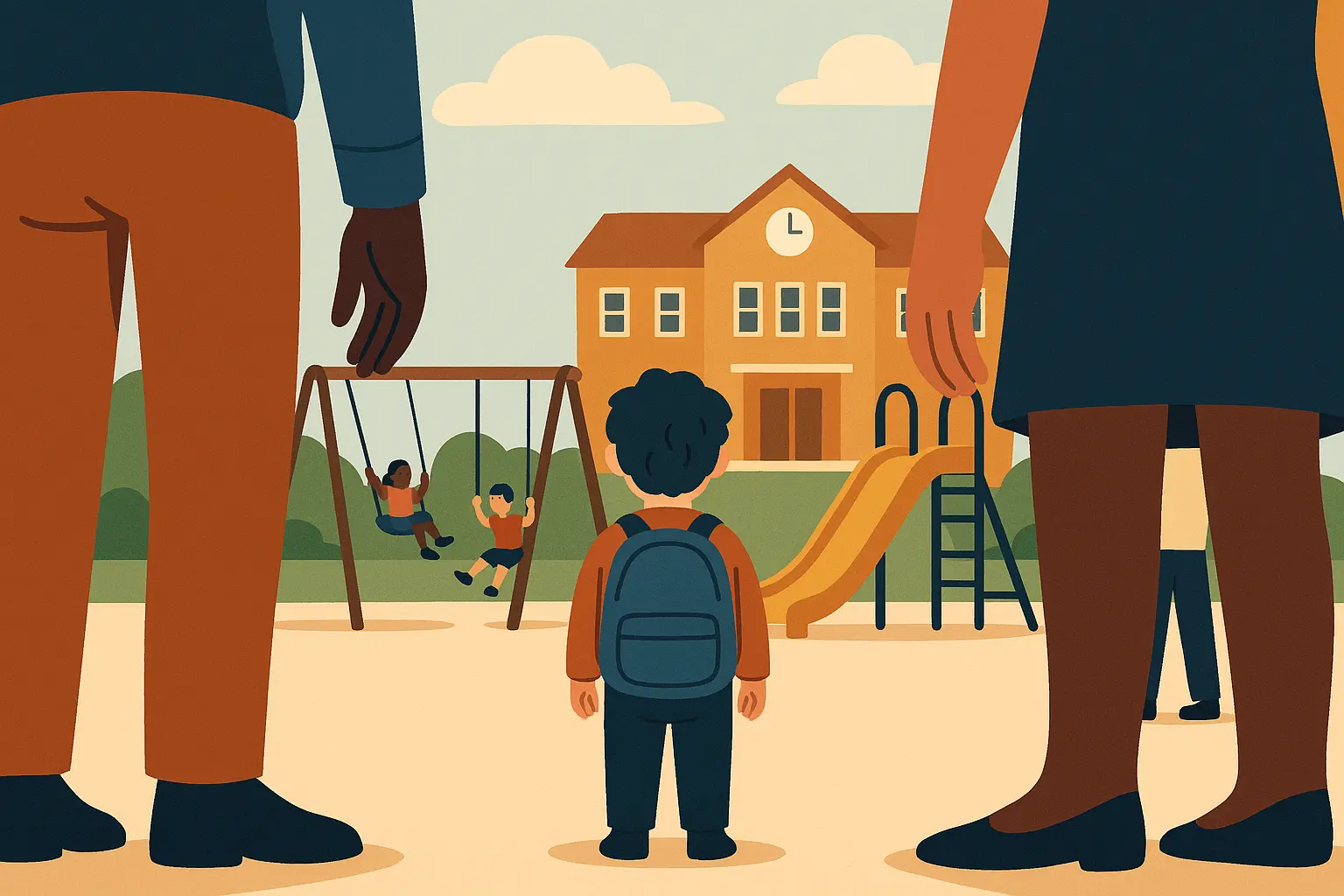
18. “The Swan”
Two bullies torment a younger boy in increasingly violent ways, culminating in a moment that transforms cruelty into something approaching grace. I had to put this book down halfway through—it was that disturbing.
The escalating violence against Peter Watson shows how cruelty becomes self-perpetuating once it starts. The bullies’ actions grow more extreme as they become desensitized to their victim’s suffering. Peter’s final transformation—his moment of transcendence when tied to railway tracks—elevates the story beyond simple bullying narrative into something almost spiritual.
What really gets me is Peter’s moral clarity throughout his ordeal. He doesn’t rationalize his tormentors’ behavior the way adults might—he sees their actions for exactly what they are: deliberate infliction of suffering for entertainment.
19. “Boy – Tales of Childhood”
These autobiographical tales capture the complexity of adult-child relationships and how seemingly minor adult actions can have profound effects on children’s development.
Dahl’s memories of boarding school cruelties and family dynamics provide insight into how his adult writing developed its particular sensitivity to power imbalances. The stories demonstrate how children process adult behavior completely differently than adults intend—actions meant as discipline can become traumatic experiences that shape entire worldviews.
20. “The Ratcatcher”
A pest control expert’s methods prove more disturbing than the rats themselves. The story uses a child’s perspective to reveal how adults can embody the very qualities they claim to eliminate.
The ratcatcher’s sadistic pleasure in his work becomes apparent through the child narrator’s observations. His methods reveal someone who enjoys causing suffering, regardless of whether his victims are human or animal. The child’s growing awareness of the ratcatcher’s true nature reflects how kids often perceive adult character more clearly than other adults do.
21. “Galloping Foxley”
A man believes he recognizes his childhood bully on a train, leading to reflections on memory and trauma. This one explores how childhood victimization can continue affecting adult behavior decades later.
Perkins’ obsession with his suspected tormentor reveals how childhood trauma can dominate adult consciousness. His detailed memories of school bullying contrast with his uncertainty about the stranger’s identity, showing how emotional truth can be more powerful than factual accuracy. The story’s ambiguous ending matters less than Perkins’ psychological reality.
Relationships That’ll Make You Feel Better About Your Own Life
These four stories examine modern relationships through Dahl’s characteristically dark lens. Trust me, after reading these, your own relationship problems will seem pretty manageable.
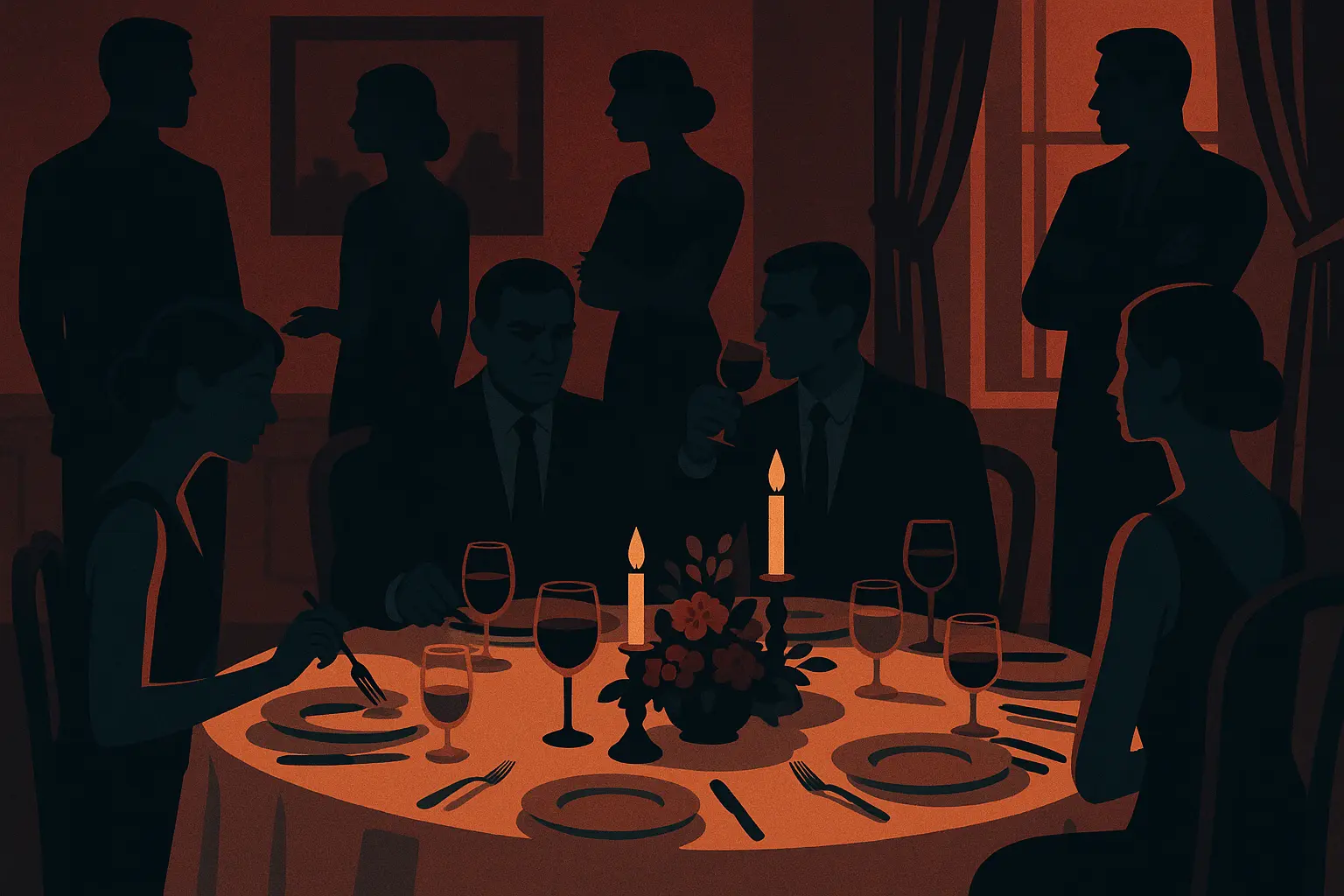
22. “The Great Switcheroo”
Two married men devise a plan to secretly swap wives for a night. What starts as male fantasy escalates into something deeply disturbing about suburban respectability.
Vic and Jerry’s elaborate scheme reflects the moral compromises that suburban life can conceal. Their casual planning of what amounts to sexual assault reveals how ordinary people can rationalize terrible acts when they frame them as harmless games. The story’s implications become clearer as the plan develops—Dahl makes you complicit before revealing the ethical horror.
23. “Bitch”
A scientist creates a perfume containing human pheromones that triggers uncontrollable sexual attraction. It examines the relationship between chemistry and romance in ways that’ll make you question everything about modern dating.
The perfume’s power to override conscious choice raises disturbing questions about consent and authenticity. If all attraction involves biochemical processes, what makes artificially induced attraction different from naturally occurring chemistry? The story suggests romantic attraction might be more mechanical than people prefer to believe.
24. “Parson’s Pleasure”
An antique dealer poses as a clergyman to swindle rural families out of valuable furniture, but his scheme backfires spectacularly. This is probably my favorite example of Dahl’s perfect ironic justice.
Boggis’s downfall perfectly illustrates how Dahl delivers moral comeuppance. The dealer’s elaborate deception depends on assuming rural working-class people are too ignorant to recognize valuable furniture. When they “helpfully” chop up the priceless Chippendale commode he’s trying to steal, their innocent destruction becomes perfect punishment for his attempted exploitation.
25. “The Butler”
A dinner party conversation about a mysterious butler reveals the complex dynamics of class and social pretension in British society. The story examines how class relationships create mutual dependence and resentment.
The dinner guests’ fascination with their host’s unusual butler reflects their own anxieties about class and social position. The butler’s mysterious nature allows each character to project their own fears and fantasies onto him, creating a mirror that reflects everyone’s prejudices about class and social propriety.
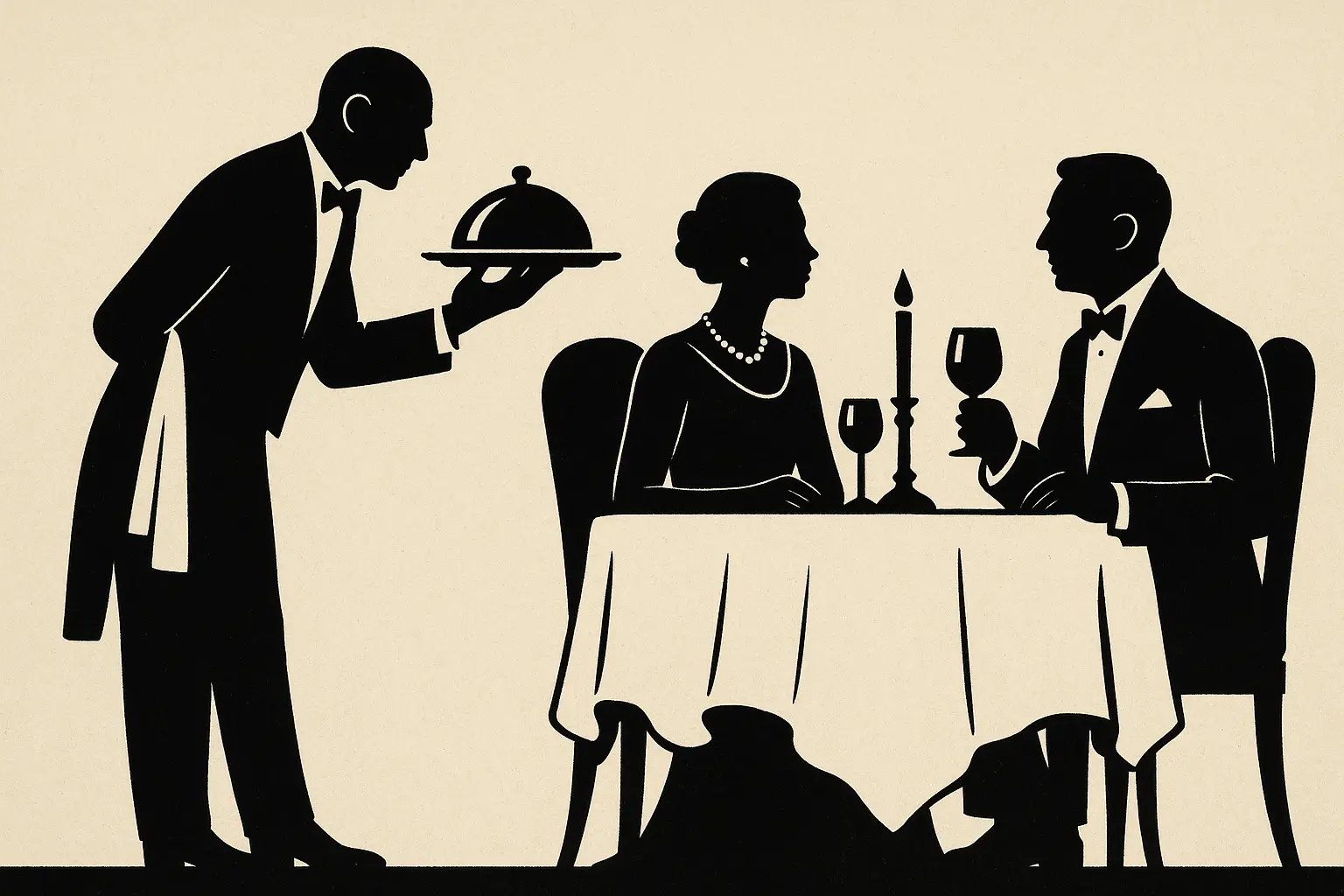
Why Modern Writers Still Can’t Get Enough of Dahl’s Tricks
Here’s the thing—Dahl was doing things with storytelling that writers are still trying to master today. His techniques for creating maximum emotional impact with minimal words basically created the blueprint for modern flash fiction.
|
Dahl’s Trick |
How Writers Use It Today |
Why It Still Works |
|---|---|---|
|
Lightning-Fast Character Reveals |
Flash fiction writers reveal entire personalities through single scenes |
Readers are smarter than we think—they can fill in gaps |
|
Deliberately Unclear Endings |
Literary magazines love stories that trust reader intelligence |
Ambiguity forces readers to become active participants |
|
Normal Start, Insane Finish |
Every modern psychological thriller follows this pattern |
The contrast makes the revelation hit harder |
|
Ordinary Settings, Extraordinary Events |
Contemporary magical realism owes everything to this approach |
Makes impossible things feel possible |
Contemporary writers studying Dahl’s work learn how to transform simple domestic situations into extraordinary tales. His mastery of finding sinister potential in everyday circumstances offers lessons for anyone seeking fresh angles on familiar themes.
The “innocent beginning, shocking revelation” structure appears throughout modern horror and thriller writing because it works so incredibly well. Dahl’s technique of establishing normalcy before introducing disturbing elements provides a template that writers adapt to their own visions.

For writers inspired by Dahl’s economical storytelling approach, tools like Nairrate’s AI-powered story generators can help overcome creative challenges. Whether you’re struggling to craft the perfect twist ending or developing characters who reveal themselves through action rather than exposition, AI assistance can provide fresh perspectives.
The Story Starters Generator can help writers find compelling openings that match Dahl’s ability to hook readers immediately, while the Story Prompt Generator offers creative challenges that push writers to explore new narrative possibilities in the darkly comic vein that made Dahl’s work so memorable.
Final Thoughts
Look, I’ve read these stories probably a dozen times each, and they still give me chills. Whether you’re just looking for something creepy to read on a rainy day or you’re trying to figure out how to write endings that actually surprise people, Dahl’s your guy. Just don’t blame me when you start side-eyeing your neighbors.
These aren’t just good stories—they’re the kind that change how you see people. Dahl had this uncanny ability to show us the monsters hiding in plain sight, usually in our own mirrors. His moral ambiguity, combined with his technical mastery of dramatic irony and twist endings, creates stories that linger in your mind long after the final page.
I felt terrible for enjoying some of these stories as much as I did, but that’s exactly what makes them so powerful. They tap into universal human experiences while refusing to provide comfortable moral conclusions. Dahl understood that the most effective horror comes from recognizing ourselves in his characters’ worst impulses.
Start with “Lamb to the Slaughter” if you want to ease into his world, or dive straight into “The Landlady” if you like your horror served with tea and biscuits. Either way, you’re in for a ride that’ll leave you questioning everything you thought you knew about the people around you—and yourself.



Add comment